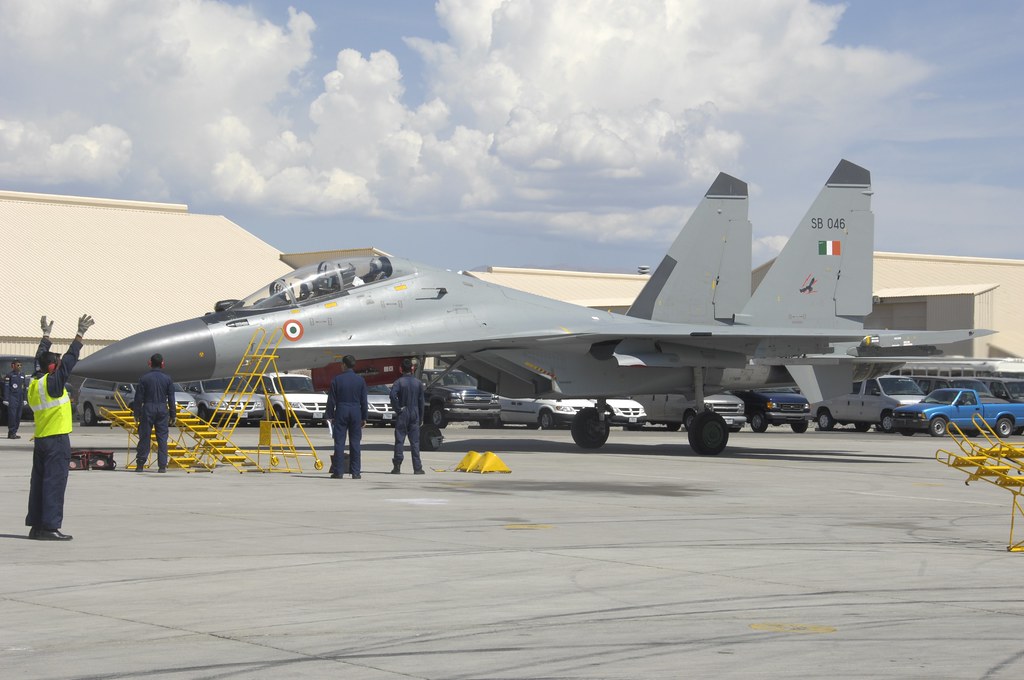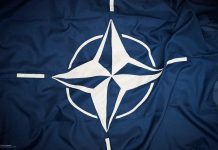
The allocation of F-16 aircraft to Ukraine carries a significant financial burden, as explicitly stated by Defense Secretary Lloyd Austin and General Mark Milley, the Chairman of the Joint Chiefs of Staff. This declaration was articulated during a press briefing held at the Pentagon on May 25, immediately following the contact group meeting in Ukraine.
The monetary commitment required for the military support of Ukraine amounts to billions of dollars, which the participating nations must contribute. General Milley expeditiously computed the expenses, affirming that backing Ukraine with 10 F-16 fighter jets would entail a cost of $2 billion. He emphasized that the provision of a mere 10 fighter jets alone incurs a price tag of $1 billion, with an additional $1 billion for their maintenance.
At present, there is a lack of clarity regarding the specific distribution of aircraft among contributing countries to Ukraine. However, the underlying principle is straightforward: 20 F-16s would amount to a total expenditure of $4 billion, while 30 F-16s would require $6 billion, and so forth. Given that the United States and European countries collectively account for 90% of Ukraine’s assistance, it is anticipated that these nations will assume responsibility for the funding.
Financial Responsibility
The question of financial responsibility remains unanswered. The extent to which the United States will contribute F-16s or provide funding to Ukraine remains uncertain. Analysts posit that Washington might opt to solely grant a re-export license for their F-16s to Ukraine. Nevertheless, Defense Secretary Austin acknowledged in his address that not every nation possesses F-16s to offer or the capacity to train Ukrainian pilots, except for the United States and other NATO allies.
The burden of training, supplying aircraft, and ensuring armament and maintenance will fall upon European nations and NATO member countries. The cost that European taxpayers, who extend military aid to Ukraine, will bear to provide 20 aircraft has already become apparent.
However, Mr. Austin issued an appeal not only to European nations but to “any country” willing to support Ukraine but unable to contribute F-16s or pilot training. He suggested that monetary assistance from such countries would be valuable.
The Defense Secretary did not specify whether the US Congress would approve additional funding specifically for the acquisition of F-16 fighter jets. He emphasized that this endeavor is an international undertaking, emphasizing collective effort.
The responsibility of donating F-16 aircraft will rest with the partners involved, as stated by officials from the Pentagon. Specifically, European nations and non-European NATO member countries are expected to make this decision, particularly those who have committed to training Ukrainian pilots.
At present, the specifics remain speculative. Belgium, a country capable of training Ukrainian pilots, has yet to confirm its participation in aircraft donation. On the other hand, Poland has emerged as one of the initial countries expressing willingness to donate F-16 fighter jets to Ukraine.
Norway currently possesses 12 extensively upgraded F-16 fighters in its inventory. These aircraft have been in storage for approximately a year and a half, with plans initially set for their sale to a private military company. However, the United States intervened, largely due to the situation in Ukraine. Consequently, it is presumed that Norway will be among the countries capable of dispatching planes to Ukraine.
Denmark had previously intended to offer its aging F-16s to Argentina, but discussions regarding a potential deal with Buenos Aires have gradually diminished. The Netherlands stands as another European nation capable of providing F-16s to Ukraine. While Turkey is subject to speculation, a clearer picture is anticipated after the second round of the presidential elections scheduled for this Sunday. Rumors suggest that if President Erdogan secures another term, Turkey may have no intention of engaging in discussions about sending F-16s to Ukraine.
The precise quantity of F-16s destined for Ukraine remains uncertain. Observers and analysts speculate that the most optimal range lies between 10 and 15 aircraft, although this remains speculative. It is improbable that the number will surpass 20 units.
The number of F-16s allocated to Ukraine will likely hinge on the funding mechanisms discussed by Austin and Milley. Currently, it may be easier to secure donated fighters than to finance their ongoing maintenance.
Not all European or non-European countries, but rather NATO member states, possess the financial capacity to contribute funds. Furthermore, the issue significantly impacts the finances of citizens within these countries, raising doubts as to whether they will support such donations.
General Milley’s take
General Milley’s perspective, though not unique, stands among the initial official expressions of skepticism regarding donating F-16s to Ukraine. However, he does not question the qualities or combat capabilities of the F-16. General Milley contends that these aircraft are not the decisive factor that will tip the balance or alter the rules of the ongoing conflict, which has already endured for more than 460 days. He asserts that the F-16 is not a “magic weapon” and emphasizes that there are no such enchanted weapons—neither the F-16 nor any other platform. According to some experts, while the presence of F-16s may curtail certain Russian flights, missile attacks deep within enemy lines will persist. Consequently, the possibility of dogfights between F-16s and Russian MiG-29s, Su-30s, or Su-35s in Ukraine cannot be ruled out.




